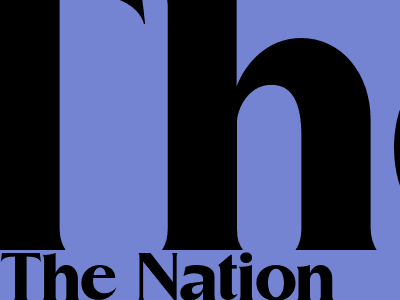
Title: Comprehensive Overview: A Complete Guide to Indonesia
I. Understanding the Geographic Landscape
Indonesia is an archipelago boasting over 17,000 islands, spanning the equator and connecting Southeast Asia with Australia. Its diverse topography encompasses towering volcanoes, lush rainforests, and pristine beaches, making it a natural paradise.
II. Historical Evolution and Cultural Heritage
Indonesia has a rich cultural history, influenced by various indigenous traditions, Hindu-Buddhist kingdoms, and Islamic empires. The country's history is marked by struggles for independence and a blending of different cultures, which is reflected in its vibrant arts, music, and cuisine.
a. Ancient Origins and Hindu-Buddhist Influence
Indonesia's earliest inhabitants settled in the archipelago thousands of years ago. In the 4th century, Hindu and Buddhist influences arrived from India, leading to the establishment of powerful kingdoms such as Srivijaya and Majapahit.
b. Islamic Era and European Colonialism
In the 13th century, Islam began to spread through Indonesia, transforming its religious and social landscape. European powers, particularly the Dutch, colonized Indonesia for centuries, leaving a lasting impact on its economy and political systems.
c. Independence and Modern Indonesia
Indonesia gained independence in 1945 after a protracted struggle. Since then, the country has faced challenges of economic development, political instability, and social change. Today, Indonesia is a vibrant democracy with a diverse and growing economy.
III. Political Structure and Economic Development
Indonesia is a unitary state with a presidential system of government. It is divided into 34 provinces, each with its own governor. The country has a rapidly growing economy, driven by a combination of natural resources and a growing manufacturing sector.
a. Government and Political Dynamics
Indonesia's government is based on the principles of Pancasila, a set of five guiding principles that emphasize national unity, social justice, and democratic governance.
b. Economic Growth and Industrialization
Indonesia's economy has witnessed significant growth in recent decades, fueled by its abundant natural resources, such as oil, gas, and minerals. The country is also a major exporter of agricultural products and has a growing manufacturing sector.
IV. Social Diversity and Cultural Expressions
Indonesia is a melting pot of cultures, with over 300 ethnic groups and 700 spoken languages. This diversity is reflected in the country's rich art forms, traditional dances, and vibrant festivals celebrating cultural heritage.
a. Diverse Ethnicities and Languages
Indonesia's diverse population includes the Javanese, Sundanese, Batak, and Papuans, each with its own unique traditions and customs.
b. Artistic Expressions and Creative Industries
Indonesia has a thriving arts scene, with renowned artists and designers showcasing their creativity in painting, sculpture, textiles, and other forms of expression.
V. Natural Wonders and Tourism
Indonesia is blessed with an abundance of natural beauty, from its pristine rainforests to its volcanic landscapes and idyllic beaches. The country's natural wonders attract tourists from around the world, highlighting its environmental importance.
a. Rainforests and Biodiversity
Indonesia is home to some of the world's most biodiverse rainforests, providing a habitat for endangered species such as orangutans, tigers, and rhinos.
b. Volcanic Landscapes and Natural Phenomena
Indonesia's volcanic activity shapes its dramatic landscapes, with active volcanoes, hot springs, and geothermal wonders. Mount Bromo in East Java is a popular tourist destination known for its stunning sunrise views.
Conclusion: The Nation of Indonesia
Indonesia is a nation of rich diversity, breathtaking natural beauty, and a fascinating history. Its people, traditions, and landscapes have captivated the world. As the country continues to evolve and navigate the challenges of the modern era, it is poised to play an increasingly prominent role on the global stage.